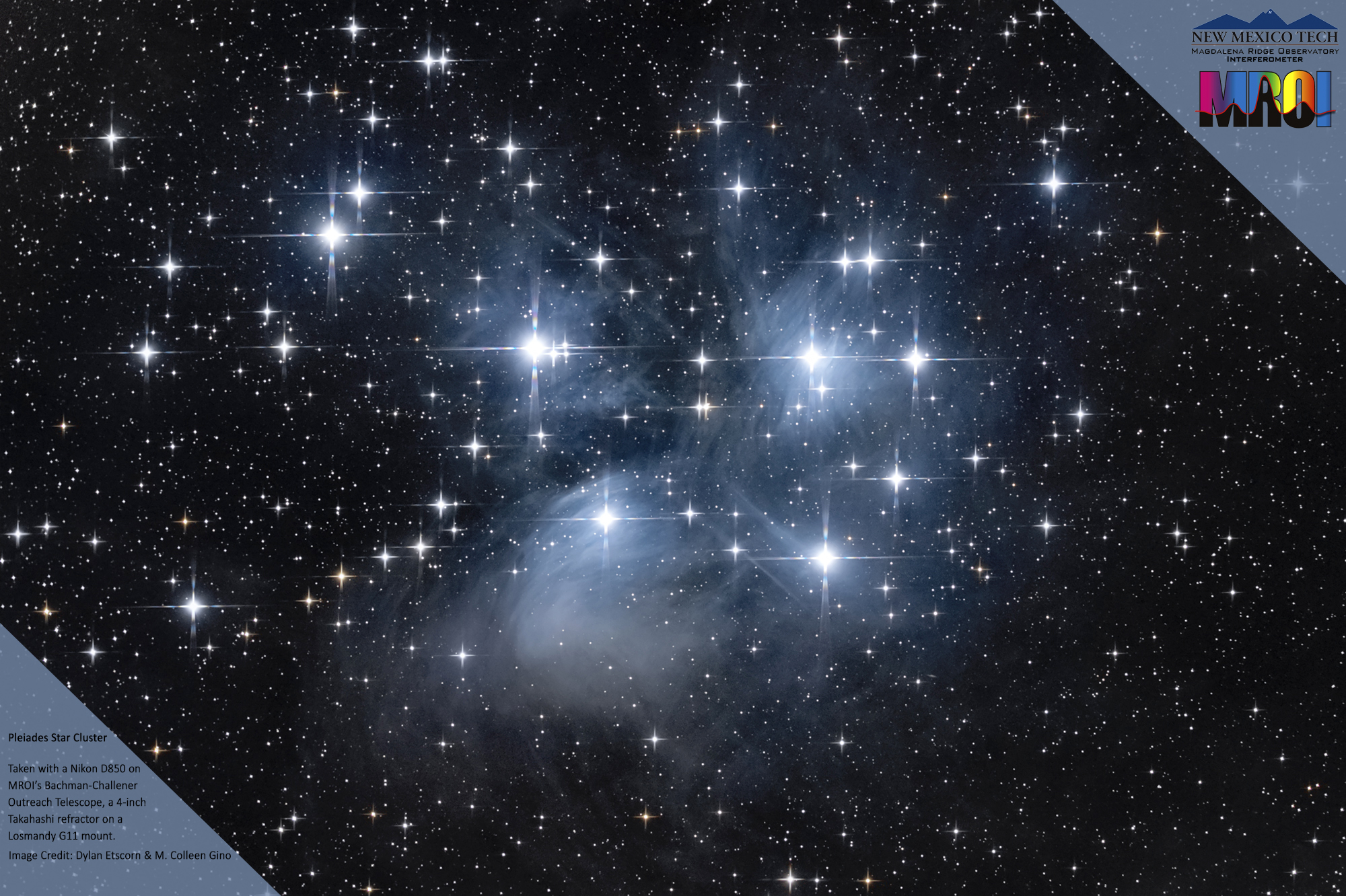If you’ve ever been driving in the middle of nowhere right before dawn, you may have noticed a light on the horizon right where the Sun should be rising – only the Sun shouldn’t be rising for another hour or so. Don’t worry, it’s possible that you aren’t losing it! You may have just witnessed false dawn caused by zodiacal light.

Zodiacal light is a strange light that shoots up from the eastern horizon right before dawn in the late summer/early autumn and right after Sunset on late winter/early spring nights for those in the northern hemisphere. The triangular shaped phenomenon is caused by light from the Sun that reaches above the horizon while the Sun sits below it, being dispersed by a cloud of interplanetary dust in the plane of our solar system.
This dust is found in a thick cloud – roughly the shape of a pancake – of small particles in our solar system. These particles range in size between about 10 to 300 micrometers. This cloud is called the zodiacal cloud. There are many theories as to its origins, but at least some of it can be attributed to asteroid collision, comet activity, and Kuiper belt collisions. It has long been debated as to just how much of the cloud each of these events may have contributed, and if there exist other event that may also have added their dust to the mix.

Zodiacal light is easiest to see during the period when the ecliptic – the path taken by the Sun and the Moon – is nearly perpendicular to the horizon. It is then that the most amount of light from the Sun can be seen above the horizon, while the Sun is still sitting completely below it. This light reflects off the dust, and isn’t drowned out by the full power of the Sun’s glow.
This light is about the same brightness as the Milky Way, so you’ll need the same amount of darkness to see it as you would the Milky Way. Any light pollution can make it nearly impossible to see. If you’re looking for it, you’ll want to find a place far away from any city light and pick a night close to a new Moon. This month the new Moon occurs on the morning of September 17th, so now is a good time to start looking! And even better, sky gazers in the southern US generally have a better view of Zodiacal light than those living farther north, so if you’re in New Mexico, it may be well worth the attempt! Just get up bright and early – before dawn – find a nice, dark spot, and turn your attention to the east. You may just see it!
M. Colleen Gino, MRO Assistant Director of Outreach and Communications
